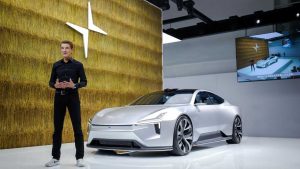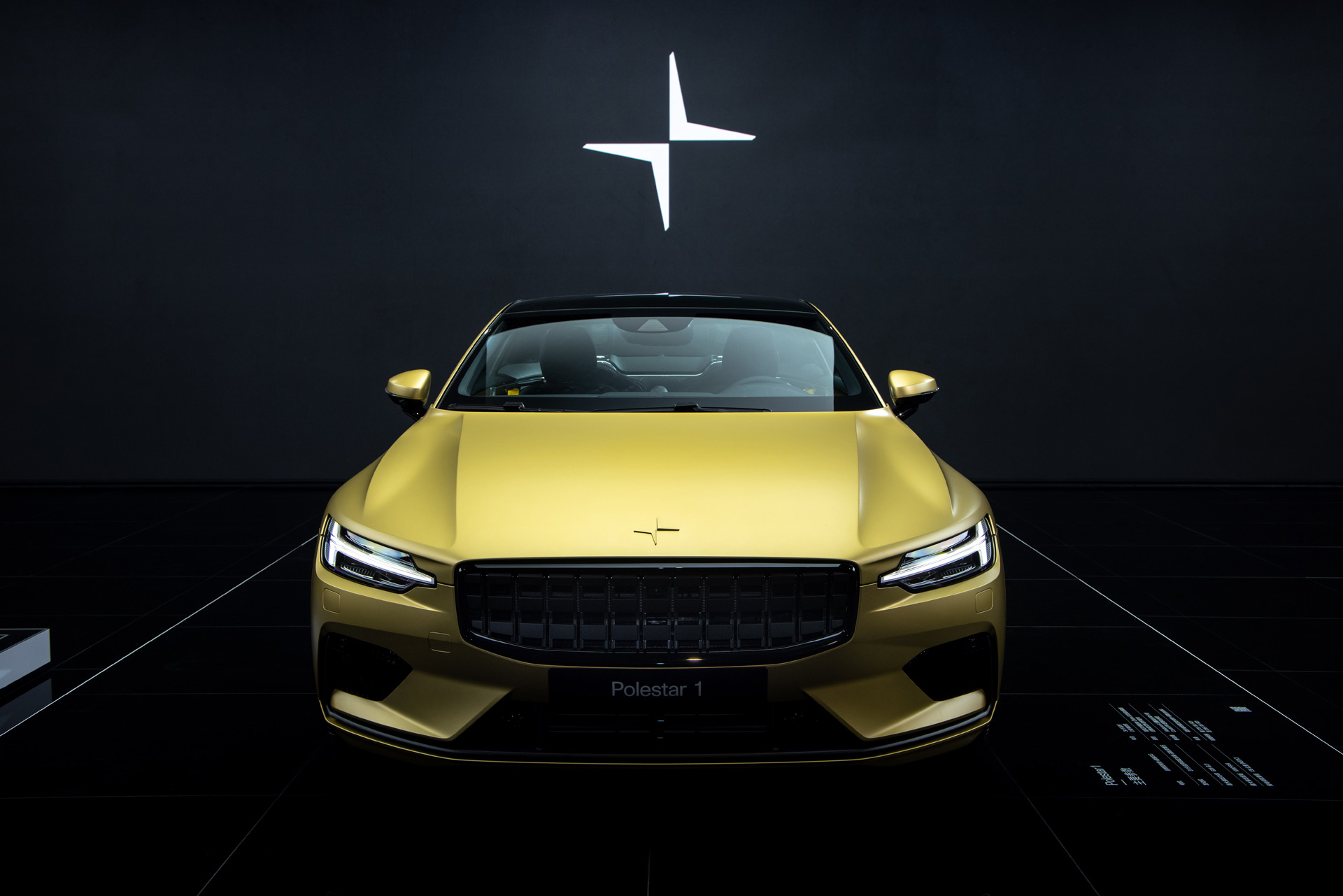Polestar Slowly Moves in on Tesla
Mark DiPietro
Sports Section Editor
A little more than a decade ago, the transportation industry was changed forever when Tesla released their first iteration of the now famous Roadster. By no means was Tesla the first electric car company, as talks of a switch from combustion engines have been around for years before the Roadster’s tires ever hit the pavement. However, Tesla set the bar as they were the company that convinced the world that an alternative energy source for motor vehicles could be done affordably and effectively.
Fast forward to today. Tesla’s stock is sky-high. Elon Musk, the company’s loud, outspoken, South-African CEO is constantly making headlines. Tesla has become synonymous with the EV market. But most people assume Tesla has the market dominated, which has quietly come into doubt over the past few years. Competition has sprung up from up-starters like Nio, Nikola, Lordstown, and Workhorse who are trying to make their names with innovative technologies. More importantly, competition has come from established motor companies. For example, Chevy has ramped up production on their half electric Volts and their fully electric Bolts that work as a target to middle-class consumers. There have also been efforts from truck companies to make either half electric or fully electric pick-up trucks that put a heavy emphasis on the utility of EVs. There is even a fully electric Mustang. Today, you can seldom watch a commercial promoting a new car that does not have, in one way or another, aspects of EVs.

In the past two weeks, another step along this trend came when Polestar announced it was going public. The move comes after the company struck a deal with billionaire Alec Gores and his blank-check company Gores Guggenheim, Inc. for an enterprise value of $20 billion. Polestar, which is Volvo’s EV development branch, is a direct competitor of Tesla as it offers vehicles ranging from around $50,000 up to about $200,000 and the company boasts an established customer base in Europe and Asia already. There are a few things that give Polestar the upper hand. First, their Polestar 1 is a hybrid gas and electric vehicle which, though not poised for future growth, could allow the company to win trust with those still hesitant about the practicalities of an Electric vehicle, which is an opportunity Tesla misses out on due to their 100% electric lineup. The Swedish manufacturer also sees an advantage in their larger vehicles. Tesla’s weakness is a lack of size in their line ups, a need Polestar is trying to fulfill with their new design, the Precept, which serves as a larger sedan, and their Polestar 3, which is a Sport Utility vehicle. All relevant tests suggest Polestar beats out Tesla’s vehicles of similar size.
Overall, Tesla’s place in the motor industry is clearly commanding. To take their throne, companies must compete with not only the innovation and efficiency of Tesla but also the sense of status that their cars hold for owners. However, be watchful as startups and established car companies alike are rapidly gaining ground. We have yet to see how Tesla reacts to a true threat in their own arena. It will be important to watch if Polestar can grow into just that as they try their hand in the American market.
Contact Mark at mark.dipietro@student.shu.edu

